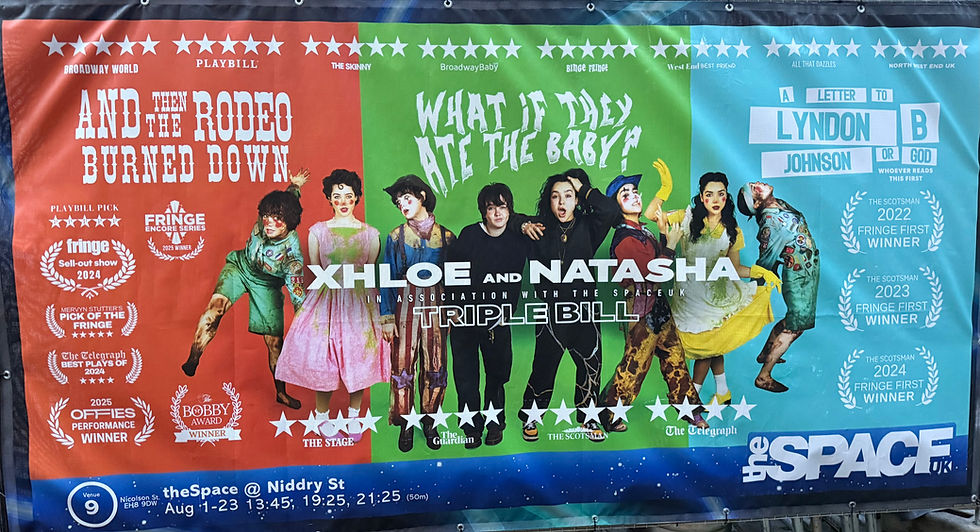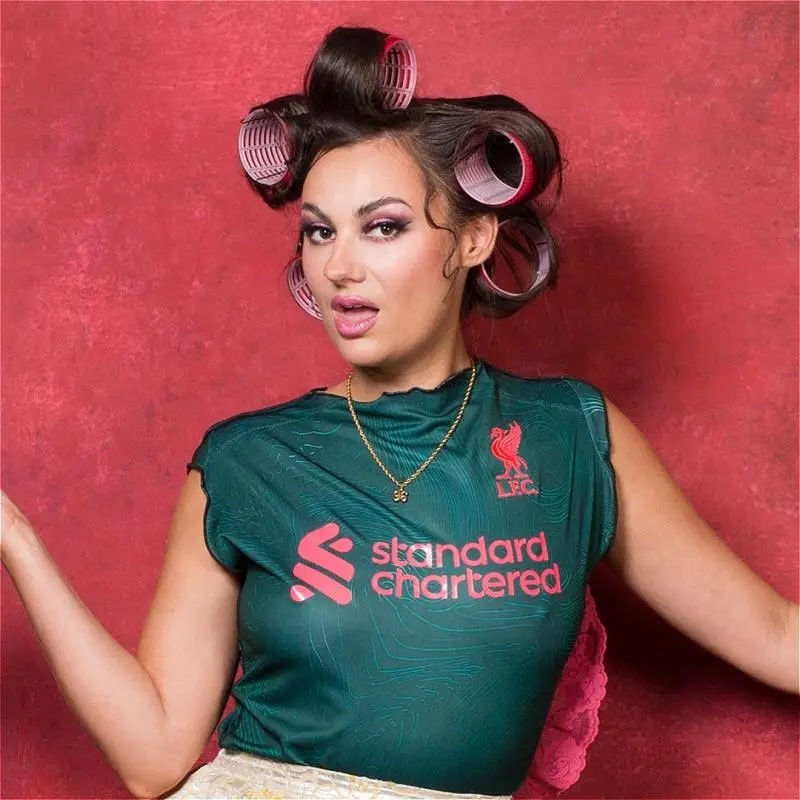Review: Walk-Man at ZOO Southside - Ed Fringe
- Theatre Travels

- Aug 16, 2022
- 2 min read
Review by Charlotte Leamon
4 men join together to physicalise the daily morals and etiquette of walking in the city through dance and theatre. The show begins with a verbal introduction as to what ‘Walk-Man’ is about, how certain relationships are formed and rules are expected to be obeyed by pedestrian crossings and traffic lights. From here forward, physicality takes the forefront and no words are heard by the performers again. An ordinary, mundane topic is accentuated through choreography assisted by white and black wooden planks. These planks are used for scene transitions, for climbing upon, jumping, dancing and moreover they represent separation or connection.
Once the idea of ‘Walk-Man’ is described, the fourth member of Don Gnu enters naked with a plank covering himself. He starts a walk-man and listens to a narrator describe the feeling of anxiousness when standing side-stage, waiting to perform and hearing the audience enter. Frozen in place, you know you must walk on but are fearful and nervous. After this, three out of four men are told to start and stop walking by the verbalised sound of a pedestrian crossing by the fourth member. Here, one rebels against the rules of the sound and a dance is performed. Multiple scenes that physicalise walking are played out followed by a dance which is created by new relationships formed within these scenes.
The use of the planks was smart and clever. Once they were first introduced by jump-scare as a performer let it land from a great height onto the stage, they were consistently used. One side was painted white, and the other black so that different patterns and shapes could be assembled. The most obvious use for these planks and their colours was to create a pedestrian crossing. However, apart from this they were used metaphorically and symbolically. In one moment we see all the black planks lined up against the back, falling one by one as one performer urgently picks them up and changes them to white. All he wishes to do is join the duet he is meant to perform but is instead burdened to this task. In some moments, the planks were arranged so that a projection was displayed. This was a nice element that added depth in some parts, however I it could have been used more as an advantage throughout the performance.
The co-ordination and elegance of these performers was stunning and neat. The trust they had within one another was admirable, as they were not only reliant on synchronisation for visualisation, but also to be safe and not injure themselves. The different types of movement incorporated varied from parkour-like stunts, hip-hop, waltz and partnered dances, contemporary dance and more which each conveyed different emotive reactions from the audience. The connection between the characters where they grabbed each other gently, caressed one another and kissed each other was beautiful and tender.
Don Gnu explored a topic of simplicity, yet it was turned into a performance of physical movement exploring relationships in the everyday life. The strength and talent of these 4 performers was wonderful to watch as they brought this topic to life.

Image Supplied




